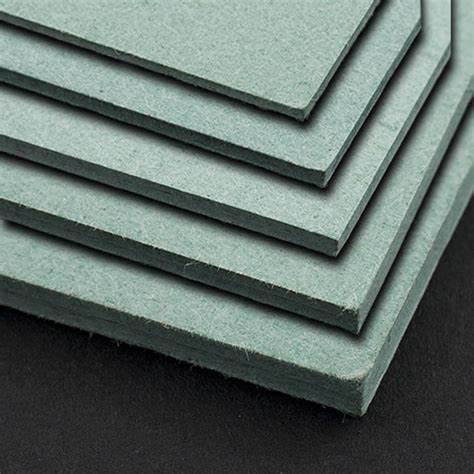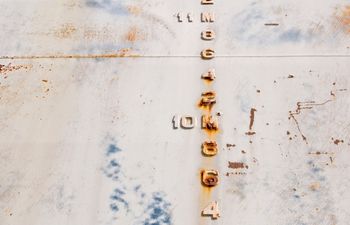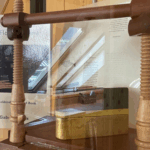As a kid growing up in the United States, I was raised on the Customary Units measuring system. Much like the Imperial system, length is measured in picas, points, inches, foot, yard and mile. I’ve always used this system for bookbinding measurement because I’ve never considered a different way.
After spending several weeks at the American Academy of Bookbinding working only within the metric system, I’ve decided to switch over. It was a surprisingly easy decision. In this post, I’ll explain why it makes more sense (for me) to work in metric than it does in US customary units for bookbinding measurement.
I don’t have to work in fractions
When it comes to length measurement, the US customary units system breaks the inch down into 8ths (1 inch = 8/8). To go smaller than 1/8, we lean on multiples of 8 (1/16, 1/32 and 1/64 – to name a few). It can be a bit confusing.
The metric system works in whole numbers. Working in whole numbers is much easier (unless you’re a mathematician or a little strange (ha)).
There is less room for error
I made a lot of measuring mistakes in my first few years of bookbinding. Due to the nature of fractional computation, I often found myself with too much or not enough area, material or both. It was really frustrating.
With the metric system, I make less errors. I’m not fighting with myself to understand what lies between 1/16 and 1/32 of an inch when my ruler only drops to 1/8. I’ve even used an incra ruler that breaks it all down to 1/128th of an inch or further, but I still found more accuracy (and speed) in metric whole numbers. If you love your incra ruler, by all means, please continue to use it! I have nothing against them. They just don’t work as well for me personally.
Much of the bookbinding world has adopted the metric system
If you love making books and plan to get serious about it, the metric system will become your best friend. Most bookbinding materials are measured in metric or points, both of which have to be converted to US customary units.
I’ll share two important material examples. First up, book board!
Green millboard (and other types of book board)
Green millboard is a high-density, archival quality, acid and lignin-free millboard used in framing, books, boxes and other areas of binding and conservation.
While the board size is measured in US customary units (inches), the thickness of the board (most important area of measurement) is metric. This type of board is used so often (for so many different purposes) that it comes in five thicknesses to meet demand: 1.1mm, 1.5mm, 1.9mm, 2.3mm and 3.0mm. Yes, it goes all the way up to 3mm thick!

Leathers
Leather is a staple in bookbinding (especially fine binding). The thickness of a leather hide is measured in mm. Quality hides are usually around 1.0 mm thick. If you convert 1.0 mm to US customary, you’ll get 0.039, which is 39/1000. Yikes! Who wants to try and measure that in US customary units??
I am not a masochist, so I must conform… willingly.
I’ve been dragged to the watering hole, and I’m drinking
Until now, I’ve always used the US customary units system. I’ve wasted too much time trying to figure out “where I measured incorrectly” on a finished book. I’m also a bit tired of ordering fine paper and leathers online with a unit conversion calculator by my side.
I’m not doing that anymore.
Moving to metric doesn’t mean I’m turning my back on how I was taught to measure. Heck no. Instead, I’m embracing a new way that works better for the global craft of bookbinding.
If you work better with US customary units, please continue. I always encourage students to use what works best for them. Try both ways and see what you prefer. There is no harm in exploring other options.
Good luck!
More bookbinding goodness
✨ What tools do I need to get started bookbinding?
- Bookbinding Tools & Supplies Quick Start Guide – learn all about book making tools, which to buy first & where to go online
- Pick up my popular Complete Starter Bookbinding Tools Kit – all the bookbinding essentials in one spot
🌟 Looking for a simple way to start making books?
Try a Complete Book Materials Kit. Each one has everything you need (+ tutorials & videos) to make a beautiful book without all the fuss.
Thank you for taking me along on your book making journey!
Misty












